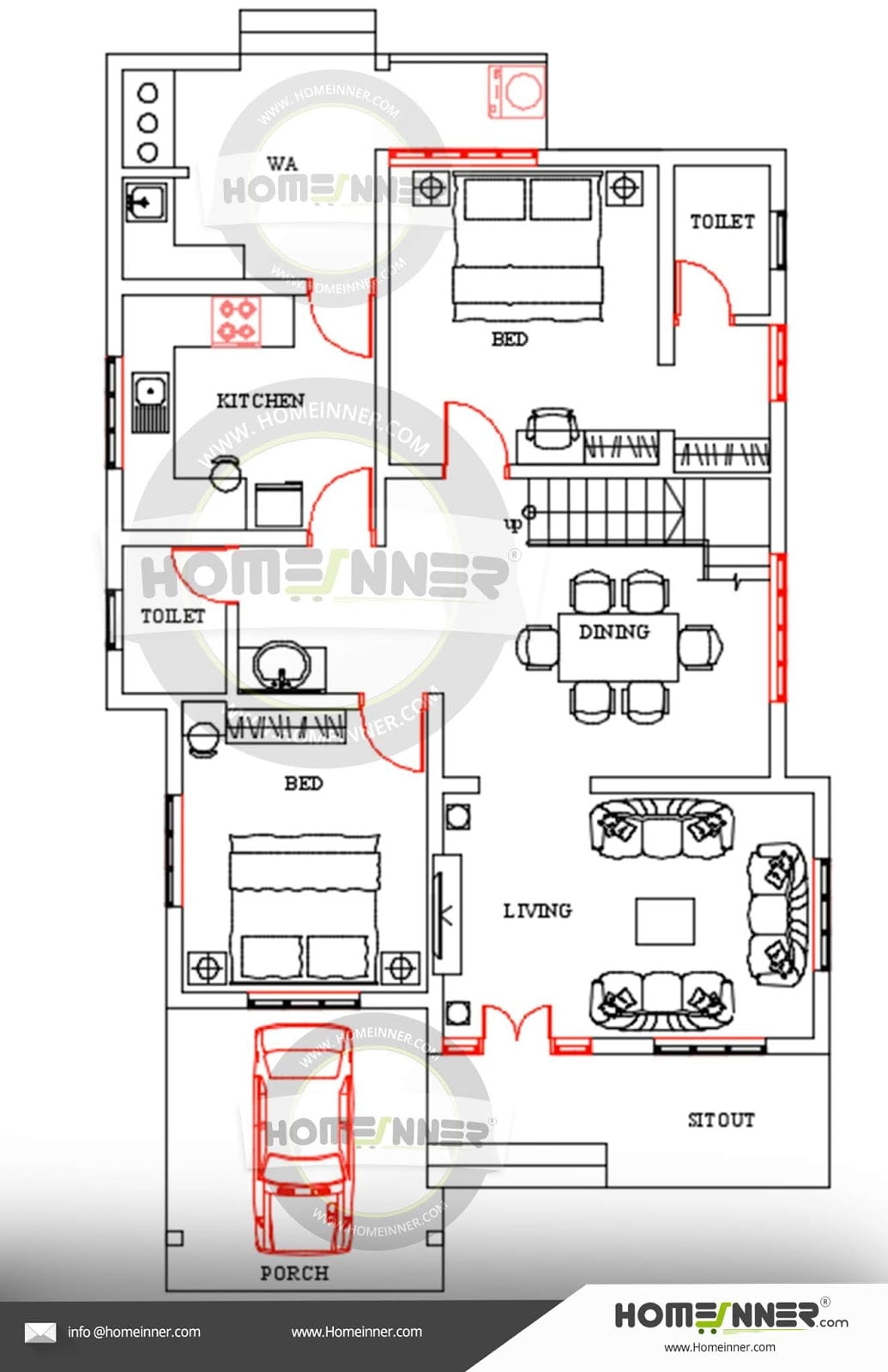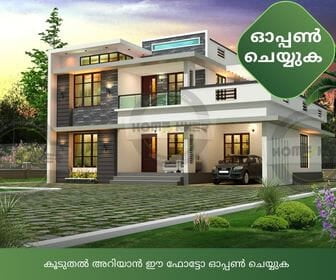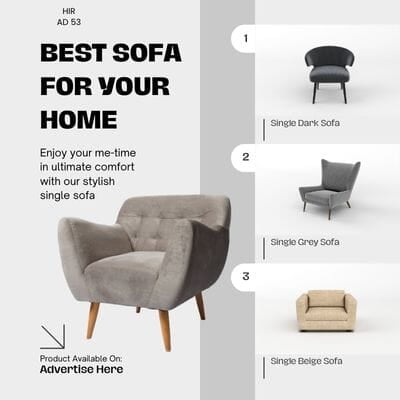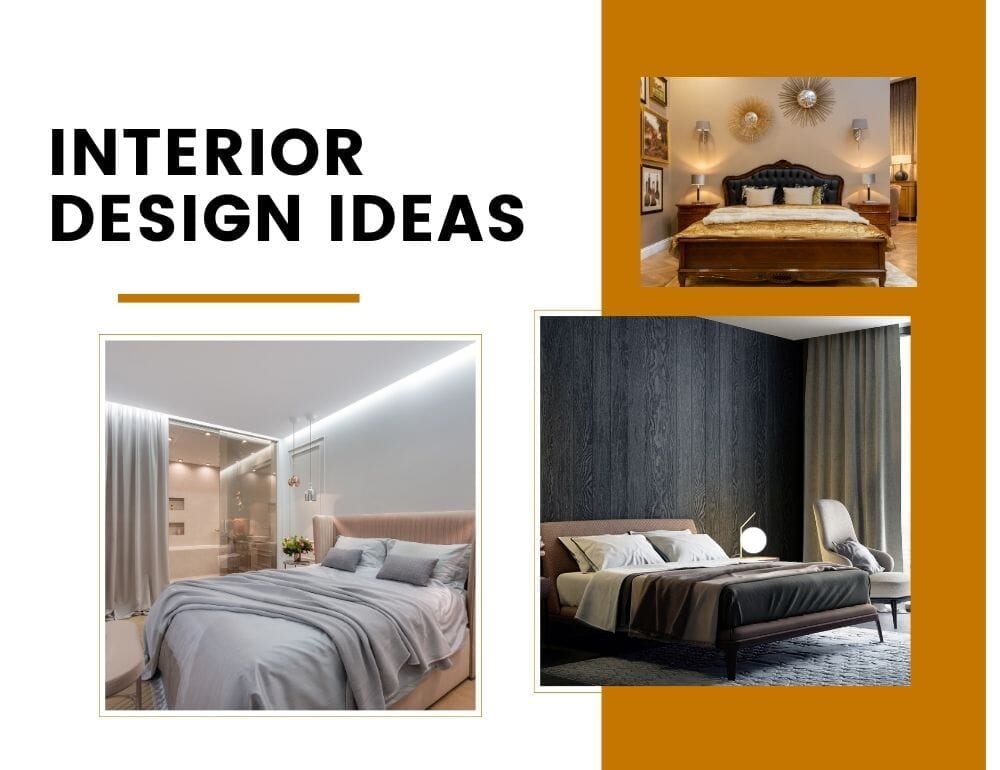
Home interior design is all about curating a space that aligns with your lifestyle, personal preferences, and the overall function of each room. A popular trend in modern design is to focus on open, airy spaces, where minimalism takes center stage. This means incorporating clean lines, neutral tones, and clutter-free environments. For example, using a neutral palette—like whites, soft grays, and earthy tones—can create a calm, serene atmosphere while making the space feel more expansive. To prevent these spaces from feeling too clinical or cold, you can introduce pops of color through accent pieces like cushions, artwork, or rugs, adding depth and warmth to your home.
Lighting plays a critical role in home interiors, both in terms of functionality and ambiance. Natural light is a key element, with large windows or strategically placed mirrors helping to bounce light around the room, making it appear larger and more inviting. For evening and night-time lighting, consider layering different types of lights. Ambient lighting (like ceiling lights or chandeliers) provides general illumination, while task lighting (such as reading lamps or under-cabinet kitchen lighting) adds practicality. Accent lighting, such as pendant lights or LED strips, can highlight architectural features or art pieces, adding a decorative touch that enhances the mood.
Furniture selection is another cornerstone of good interior design. When picking pieces, it’s important to consider both aesthetics and functionality. For modern homes, modular or multifunctional furniture is often a smart choice as it adapts to your needs and maximizes the use of space. For example, a sofa bed or a coffee table with hidden storage can help keep areas tidy while maintaining a stylish appearance. Natural materials like wood, rattan, or marble bring warmth and texture into a room, while sleek metals and glass add a contemporary edge. The key is to strike a balance between different materials and finishes so that your space feels cohesive rather than overwhelming.
Accessories and décor add the final layer to your home’s interior design, allowing you to showcase your personality. Minimalist wall art, indoor plants, and statement décor pieces can serve as focal points without overwhelming the space. Indoor plants, in particular, bring a sense of freshness and life into the home, softening the overall look and improving indoor air quality. Wall-mounted shelves can display cherished items or art, while decorative mirrors can make smaller spaces feel more expansive. The goal with accessories is to enhance the space’s overall design, not clutter it, so careful curation of items is key. Ultimately, a thoughtful approach to home interior design ensures that every corner of your home feels both functional and beautiful.
Interior Design Idea Photos
Home interior design focuses on creating spaces that reflect personal style while ensuring functionality and comfort. A modern design approach often emphasizes clean lines, minimalism, and the use of neutral color palettes like whites, grays, and beiges, which can make spaces feel open and airy. To add warmth and character, accent pieces such as rugs, cushions, and artwork can be introduced. Additionally, natural light plays a significant role in modern interiors, with large windows and light-colored walls enhancing brightness. Custom lighting fixtures, like pendant lights or recessed lighting, further elevate the ambiance of a room, ensuring both practicality and aesthetic appeal.
When designing interiors, furniture selection is crucial in maintaining balance between style and functionality. Opt for modular or multifunctional furniture that adapts to the space and meets storage needs without overcrowding. Materials like wood, metal, and glass can be combined to create a sophisticated yet cozy feel. Integrating indoor plants also adds freshness and a natural element to the design, while wall-mounted shelves or minimalist décor keeps the space organized and clutter-free. A thoughtful mix of textures, such as soft fabrics, sleek metals, and natural wood finishes, can make any home interior feel layered and well-designed.
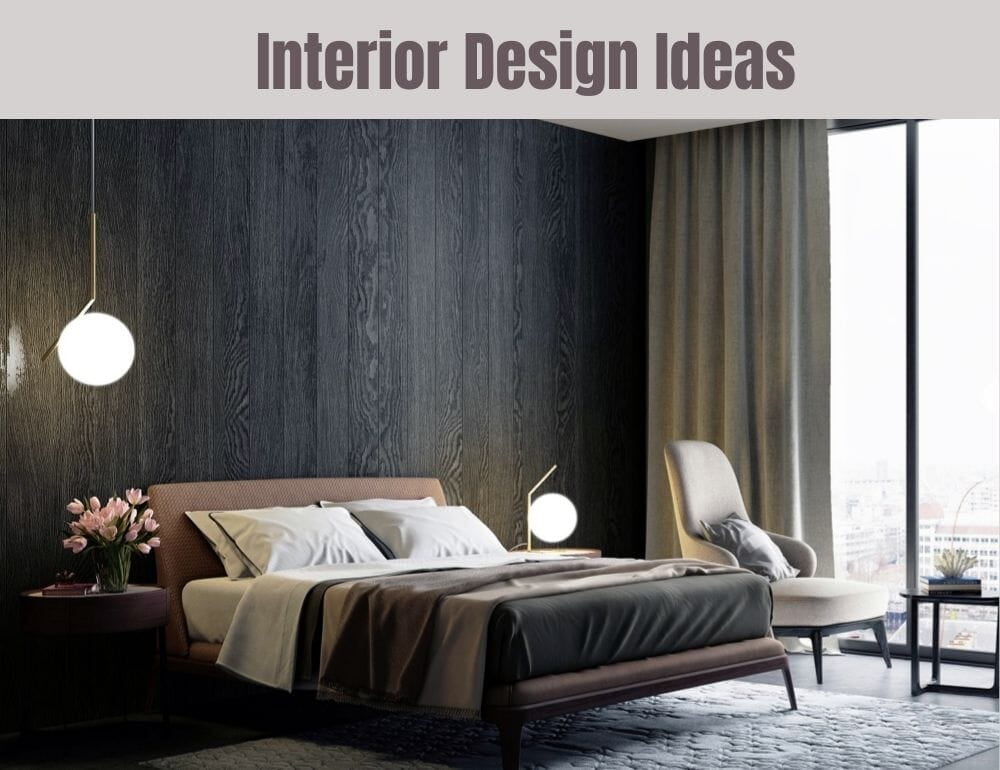
Search Homeinner Home Portal


































